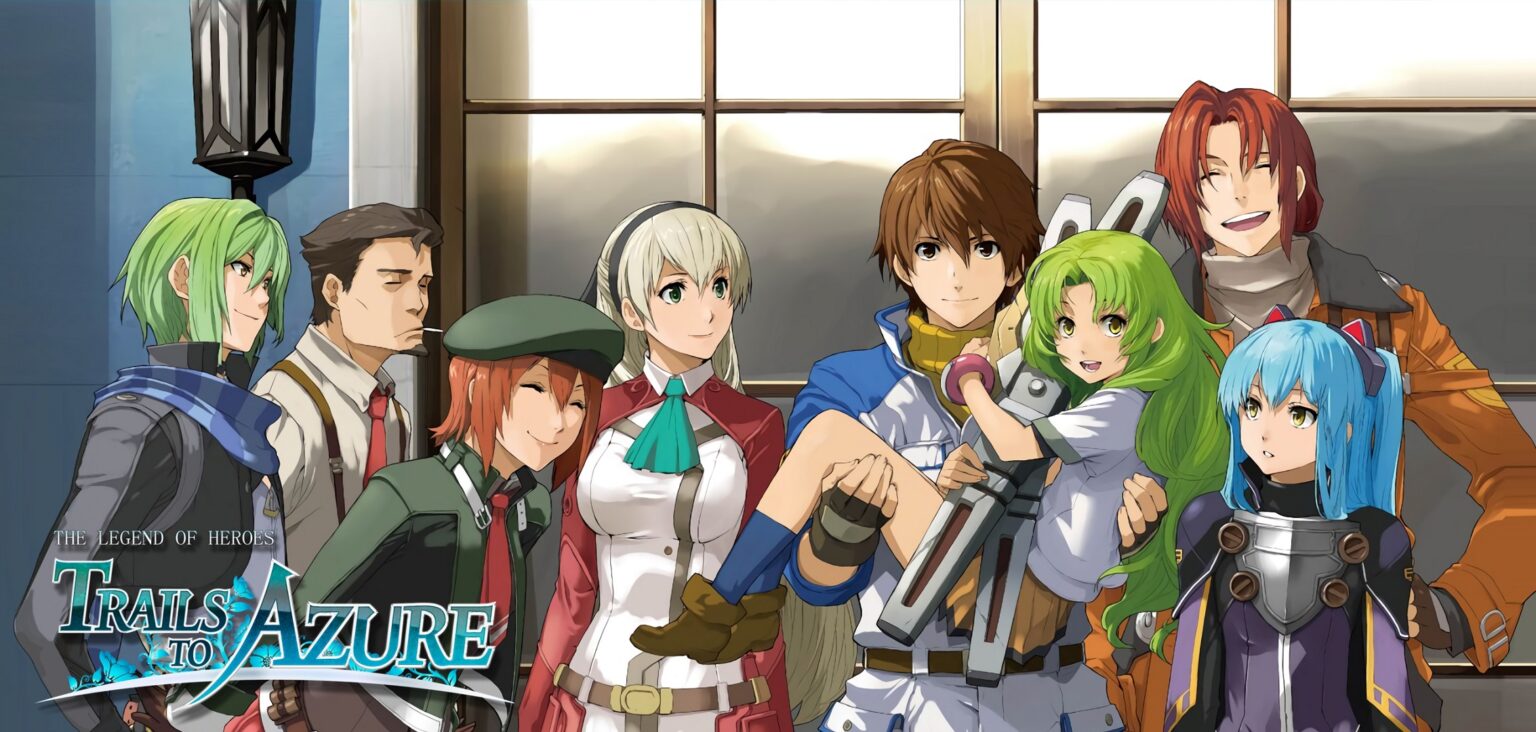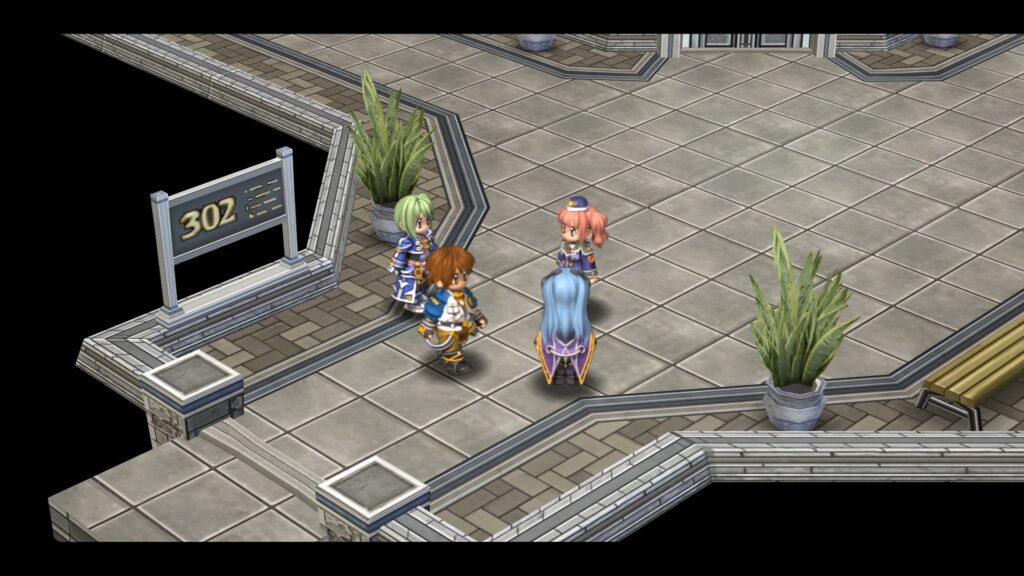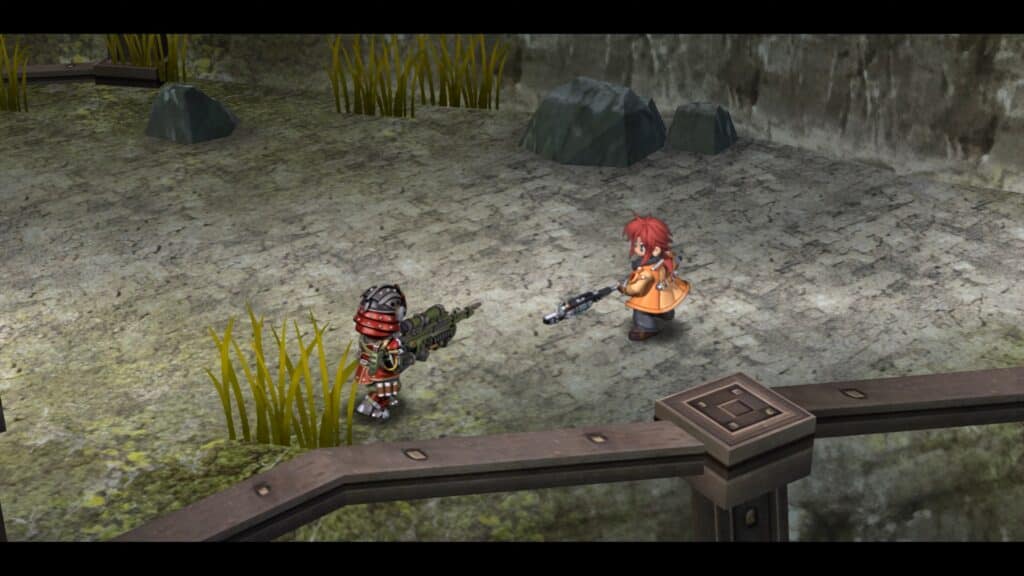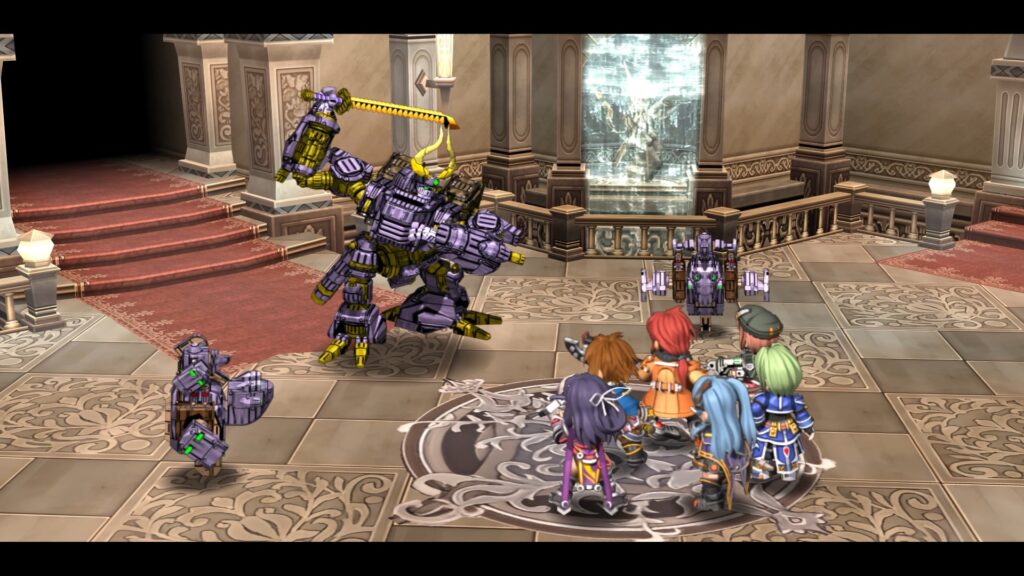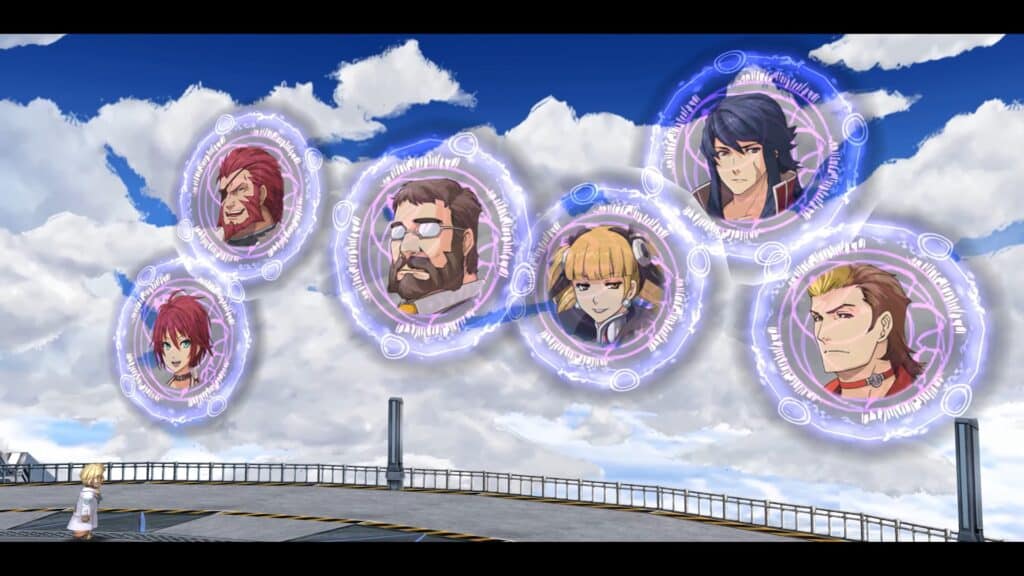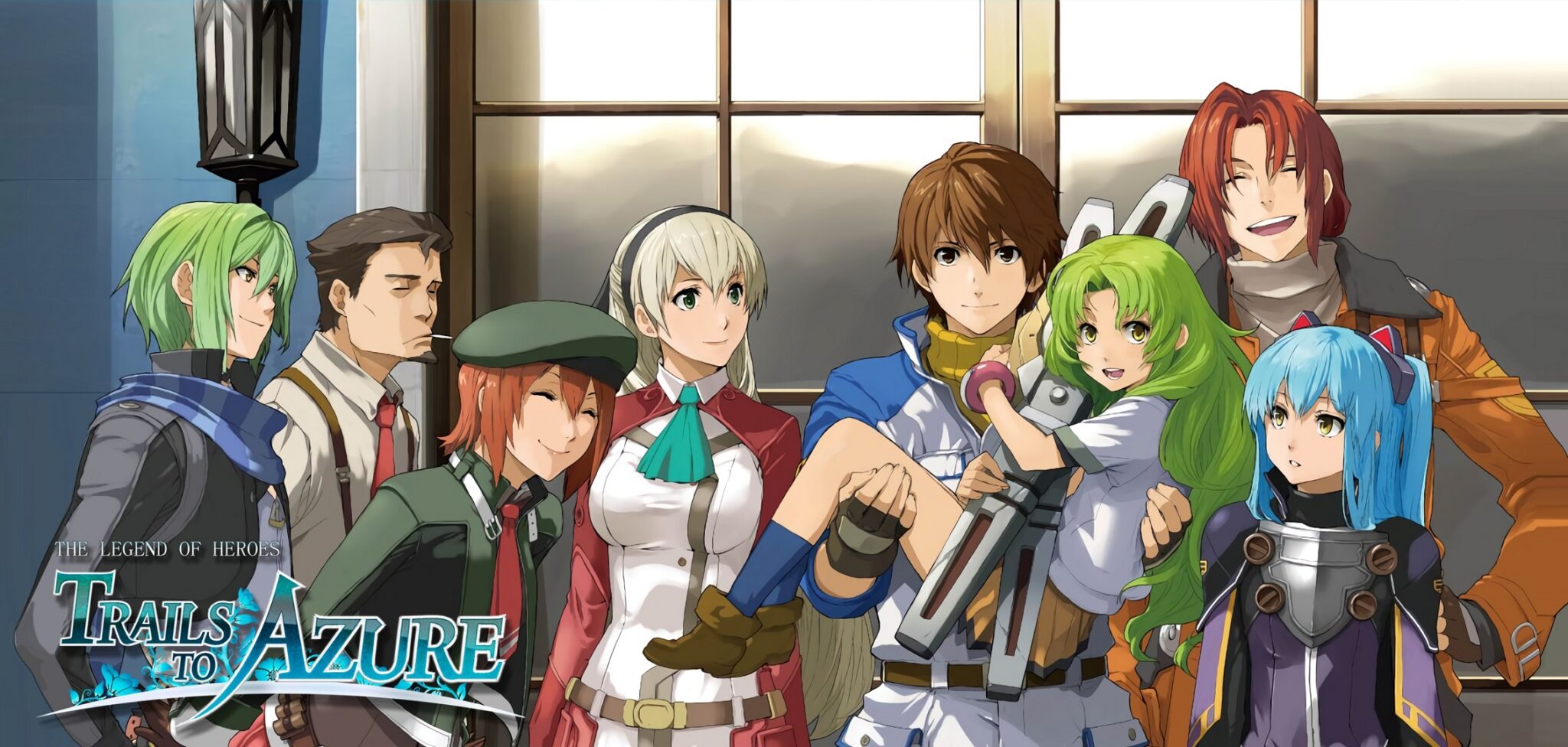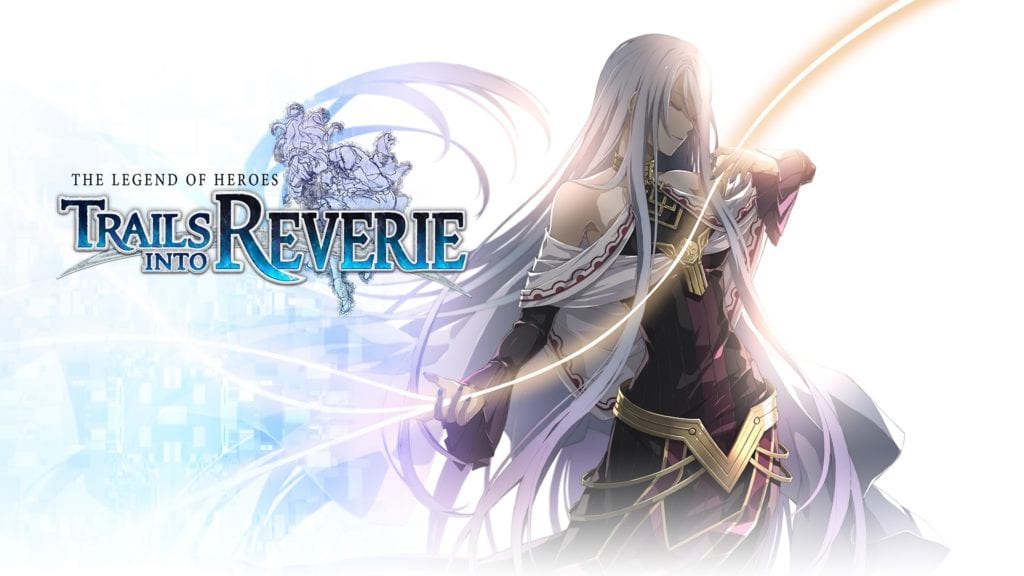The Legend of Heroes: Trails to Azure is an integral part of The Legend of Heroes franchise, a long-running series renowned for its intricate storytelling and expansive world-building. It stands as the 11th installment in the series and serves as the 5th main game within the Trails subseries. Trails to Azure continues the legacy of its predecessors while introducing new gameplay mechanics and narrative complexities. Developed by Nihon Falcom, this game follows a tradition of captivating storytelling, character development, and immersive world design that has endeared it to fans over the years.
One significant aspect to consider with Trails to Azure is its position within the series. It’s important to note that this game is a direct sequel to Trails from Zero, both in terms of story and gameplay. As a result, while it is possible to enjoy Trails to Azure as a standalone experience, it is highly recommended to play Trails from Zero first. Doing so provides crucial context, a deeper understanding of the characters, and a more complete appreciation of the overarching story. The Trails series is renowned for its layered storytelling and world-building, and skipping the preceding title may lead to confusion and missed nuances.
In Trails to Azure, players immerse themselves in the vibrant city-state of Crossbell, caught in the midst of political turmoil. As Lloyd Bannings, leader of the Crossbell Police Department’s Special Support Section, you navigate the city’s intricate web of problems and challenges. Your tasks range from mundane, like solving minor issues, to critical, such as dealing with warring street gangs and corrupt politicians. The game’s genre is firmly rooted in the JRPG tradition, featuring turn-based combat, character-driven storytelling, and open-world exploration.
Trails to Azure presents a narrative that takes a darker and more somber turn compared to its predecessor, Trails from Zero. It continues the story of Crossbell, a city-state caught in the crossfire between two powerful nations, Erebonia and Calvard, each vying for control. The game explores the aftermath of a devastating city-wide disaster, delving into themes like trauma, debt, gentrification, and class conflict.
As the leader of the Crossbell Police Department’s Special Support Section, Lloyd Bannings, players navigate the intricate web of problems plaguing Crossbell. From seemingly mundane tasks like solving minor disputes to confronting the looming threats of warring street gangs and corrupt politicians, the game offers a rich narrative tapestry that unravels over time.
One of the strengths of Trails to Azure is its dedication to character-driven storytelling. The relationships and rapport you build with the diverse cast of characters pay off in emotionally satisfying ways, often from unexpected sources. The game maintains a sense of realism in the midst of its fantastical world, with NPCs evolving their dialogues with each major event, offering depth and immersion.
However, the game’s story is not without its challenges. Its direct sequel nature means that it assumes players have already experienced Trails from Zero, making it less accessible to newcomers. While the narrative rewards those with prior knowledge of the series, it can be daunting for those venturing into the Trails universe for the first time. Additionally, the absence of certain beloved characters from the original Special Support Section may leave fans longing for their return.
Trails to Azure introduces a gameplay experience that combines traditional JRPG elements with its unique storytelling style. While it shares similarities with its predecessor, Trails from Zero, it also brings some new mechanics and features to the table.
One of the game’s strengths is its diverse combat system. Players have access to various attack options which include magic skills, and super moves. This variety keeps battles engaging and ensures that each strategic skirmish feels unique. The game’s pacing is well-balanced. It alternates between fast-paced action sequences and exposition-heavy dialogues, a hallmark of the JRPG genre. This pacing keeps players engaged throughout the lengthy campaign.
The inclusion of a High-Speed mode allows players to significantly speed up certain portions of the game. This feature is particularly enjoyable during enemy encounters, as it eliminates unnecessary downtime and keeps the pace of battles brisk. While the game’s dialogues are well-crafted and contribute to the world-building, they can sometimes become excessively lengthy via text boxes. This may test the patience of players looking for a faster-paced experience. Japanese voice acting is stellar, but the absence of an English voice option may disappoint some players.
The visuals remain consistent with the franchise’s handheld origins, no significant graphical leap. Character models could use improvement, but the anime-style character portraits can accommodate new outfits and hairstyles.
The Legend of Heroes: Trails to Azure is a worthy sequel, building upon the foundation laid by Trails from Zero. It offers a captivating world, engaging characters, and a complex narrative. However, its high barrier of entry for newcomers and the feeling of being the second part of a larger story might deter some. If you’re a fan of immersive world-building and character-driven storytelling, this game is a must-play, but it’s advisable to start with Trails from Zero to truly appreciate the journey.



